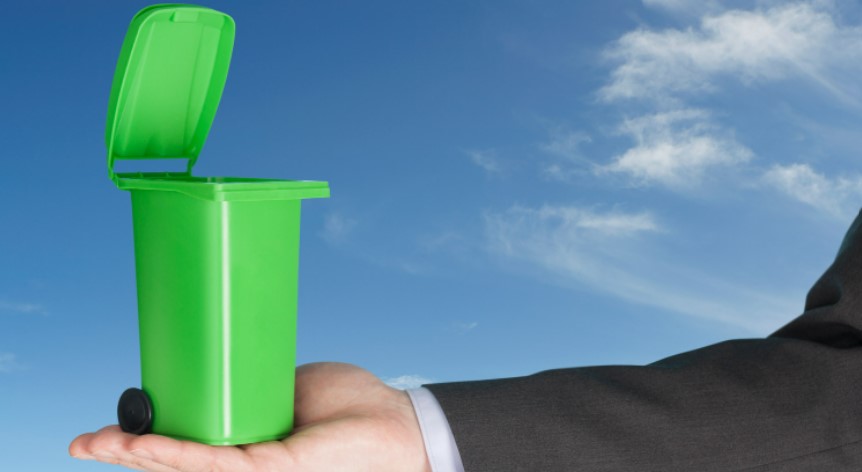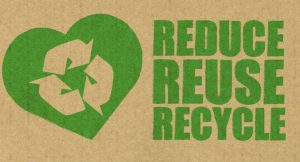
How to Develop Waste Management Plans for Your Business?
Good business isn’t created by chance. They devise strategies. Organizations must develop a waste management strategy. Such initiatives can save your company money while also reducing the quantity of waste thrown in landfills and greenhouse emissions discharged into the atmosphere. If waste isn’t already a concern for your company, it will be in the future. At the very least, the government will mandate recycling through taxes.
To best protect the environment and reduce clearance costs, all businesses should be proactive in examining the trash they generate and how to best handle it in accordance with local legislation. A waste management plan is a written record of your waste management goals and the steps necessary to accomplish them. In this article, we are going to see how to develop waste management plans for your business. Let’s see what are the ways.
Way to Develop Waste Management Plans for Your Business
1. Planning

A plan is a framework that helps us define our starting point (where we are now), our goal (where we want to be in the future), the path to our goal (how are we going to get there), and finally, how to assess success (what should we measure to know we’ve made progress). A plan’s performance in attaining its objectives must be evaluated and used as the main input in subsequent planning cycles.
2. Calculate Business Waste
For a quick visual waste evaluation, go around to all the bins offered for collection just before the collection truck arrives and examine how full they are. Don’t worry if the bins are of various sizes; just make a note of the sizes, an estimate of how full they are, and how frequently rubbish is collected.
A standard 240L wheelie bin at home, for example, could be half full and collected once a week, resulting in 120L of waste every week. Once you’ve gathered this data, you’ll be able to estimate how much waste your company generates over a specific period of time.
3. Organizing and Storing the Waste Generated by Your Company
Businesses should, as a rule, do the following to store trash properly and securely:
- Try to use a proper and EU-approved container to avoid leakage/spillage.
- Label containers with a clear indication of the type of garbage they contain.
- Use waterproof coverings where possible to prevent contaminated run-offs.
- To keep your trash safe, use lockable bins.
4. Find Ways to Reduce and Reuse
There are different ways to dispose the waste while properly disposing of items is generally at the centre of any waste management strategy, it should be so much more. In fact, tossing items away at a dump or landfill should be avoided as much as possible. Instead, your strategy should be centred on eliminating waste and repurposing what you can.

This could be accomplished by altering particular processes, implementing new technologies, or simply identifying and optimising the operations that cause the greatest waste. Also, try to repurpose as much garbage as possible. If you are unable to use it personally, see if another company or sector can.
Large farms, for example, may typically use food waste as compost instead of throwing it in the landfill. While not all waste can be eliminated or repurposed, you’d be surprised at what you can accomplish if you take your time and make a strategy.
5. Cut your Waste Disposal Costs
The goal of most firms is to reduce the cost of disposing of waste. If business owners are unsure of how to do this efficiently, however, this might be a risky move. Segregation is a solution, but you’ll need to keep an eye on things and run a report to figure out how much garbage you have, what it’s made of, and how much it costs. You can then devise a strategy, stressing your own targets and objectives, in order to achieve the greatest potential disposal results.
TEEP, which stands for technically, environmentally, and economically practicable, is also vital for firms to be aware of. This determines whether a company should segregate and store various forms of produced waste on-site before having it collected by a waste management contractor with whom they’ve partnered.
6. Determine Where the Waste will be Deposited
- Find out where you can get recycled or recovered goods in your area, as well as what collection options are available.
- For convenient reference, keep a current list of recycling operators in the site office.
- For each material, make a list of the relevant recycling operator’s contact information.
7. Track Waste

Materials and waste offer a sometimes overlooked opportunity to increase a company’s sustainability, reduce greenhouse gas emissions, and save money. The first step is to keep track of how much trash your organisation generates, because, as the old adage goes, “you can’t manage what you don’t measure.” The primary basis for a successful waste reduction programme is tracking your garbage and recycling waste.
These are the few ways that you can develop a waste management plan for your business.